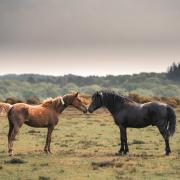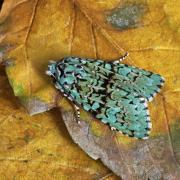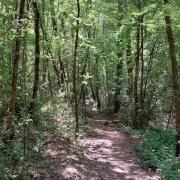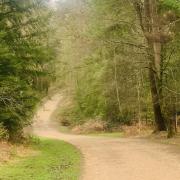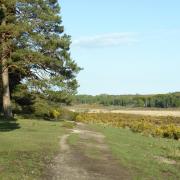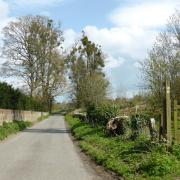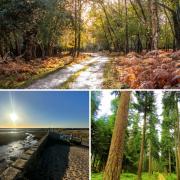Keep your eyes peeled for the beautiful sign of spring that is the brimstone butterfly
For me, spring does not start until I have seen that first flash of yellow of the beautiful brimstone butterfly. One of our largest butterflies, it is also one of the first ones to appear after the long winter months, searching for food and a mate in the bright March sunshine.
Brimstone butterflies are one of only five species in the UK that overwinter as adults – meaning they survive over this period - usually by finding a sheltered spot perhaps amongst brambles or in sheds. This means they can wake up early to make the most of the warmth, feeding on nectar from early spring flowers such as blossom, red deadnettle, primrose, and dandelions.

Other spring butterflies to look out for are peacock, small tortoiseshell, red admiral and comma – just some of the 59 species you can find in the UK. Butterflies are cold-blooded, relying on their environment to warm them up and allow them to fly. Because of this, they are extremely sensitive to environmental changes, making them great barometers for the ecological health of an area.
Spending some time on a spring saunter recording butterfly sightings is a terrific way to support scientists to track the health of butterfly populations, alongside other issues such as the effect of weather and climate change on wildlife. This can be done anywhere and there are many websites where sightings can be uploaded including via the Woodland Trust’s Nature’s Calendar at naturescalendar.woodlandtrust.org.uk
With three quarters of butterfly species in decline in the UK, we can all make a difference to their survival by cultivating pots or garden areas with plants that will support a butterfly through all of its life-stages. The smallest patch of earth can attract a variety of species. Buddleias, lavender, honeysuckle, lilac and even nettles are all popular picks for butterflies and caterpillars.
If you catch the wildlife recording bug, you can even help the County Council’s Countryside Service to monitor species across the outdoor sites that we manage. Find out more about volunteer roles on our website hants.gov.uk/thingstodo/countryside/get-involved/volunteering.

About the author
Carly Harrod is a Countryside Projects Manager with Hampshire County Council’s Countryside Service. The service looks after many of Hampshire’s major country parks and National Nature Reserves, as well as some heritage monuments, local recreational spaces, and large areas of common land. It also manages Hampshire’s 3,000 miles of public rights of way.





